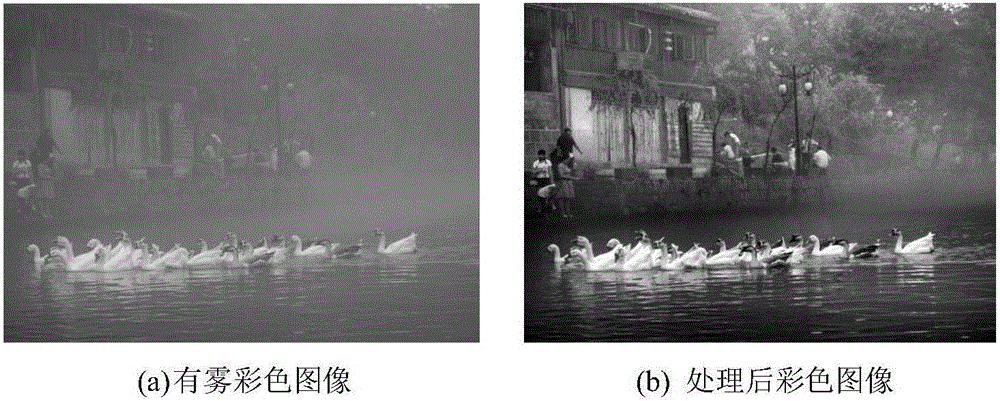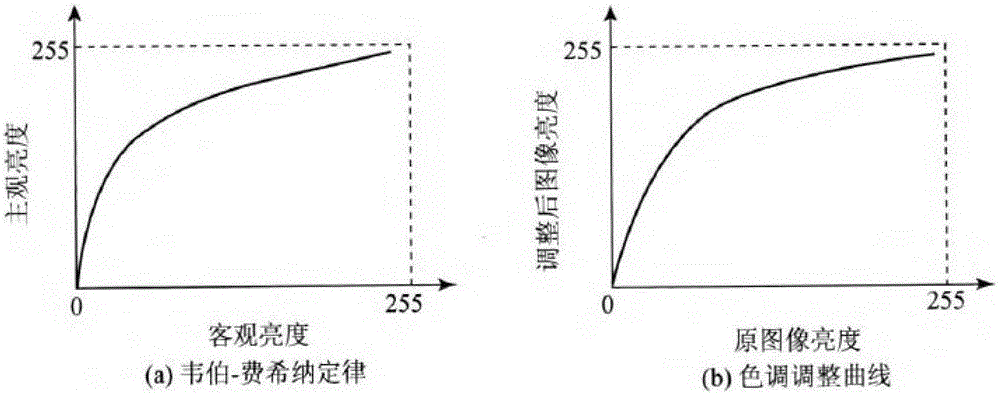Rapid defog algorithm based on image fusion
An image fusion and image technology, applied in the field of computer vision, can solve problems such as inaccurate estimation of atmospheric light intensity, residual fog at the edge, and unsatisfactory restoration of white objects.
- Summary
- Abstract
- Description
- Claims
- Application Information
AI Technical Summary
Problems solved by technology
Method used
Image
Examples
Embodiment 1
[0046] Embodiment 1: Taking the defogging of a single image as an example, the present invention will be further described in detail in conjunction with the accompanying drawings.
[0047] According to the physical characteristics of light transmission in foggy days, in the field of computer vision and graphics, the optical model of foggy images can be described as follows:
[0048] I(x)=J(x)t(x)+A(1-t(x)), (1)
[0049]In formula (1): I(x) is the foggy image (that is, the input image); J(x) is the scene radiance (that is, the restored fog-free image); t(x) is the optical path propagation map, describing the scene transmission rate; A is the sky light intensity value. The first item on the right side of equation (1) is the direct attenuation, which means the radiation intensity of the light reflected by the surface of the object after propagating and attenuating in the air; the second item is the atmospheric dissipation function
[0050] V(x)=A(1-(x)), (2)
[0051] The purpo...
PUM
 Login to View More
Login to View More Abstract
Description
Claims
Application Information
 Login to View More
Login to View More - R&D
- Intellectual Property
- Life Sciences
- Materials
- Tech Scout
- Unparalleled Data Quality
- Higher Quality Content
- 60% Fewer Hallucinations
Browse by: Latest US Patents, China's latest patents, Technical Efficacy Thesaurus, Application Domain, Technology Topic, Popular Technical Reports.
© 2025 PatSnap. All rights reserved.Legal|Privacy policy|Modern Slavery Act Transparency Statement|Sitemap|About US| Contact US: help@patsnap.com



